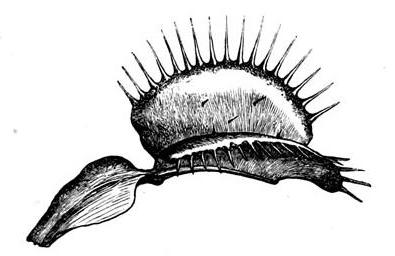The Venus Flytrap’s seasonal leaves
Venus flytraps tend to produce two types of leaves: spring-summer leaves and summer-autumn leaves. Before we describe the details, you need to know a little terminology. The trapping part of a leaf (the part that looks like a clam) is called the lamina or leaf-blade. The long leafy part that connects the lamina to the ground is called the leaf-base. (A third leaf part, the petiole, is the little post that connects the leaf base to the lamina. Some people...










